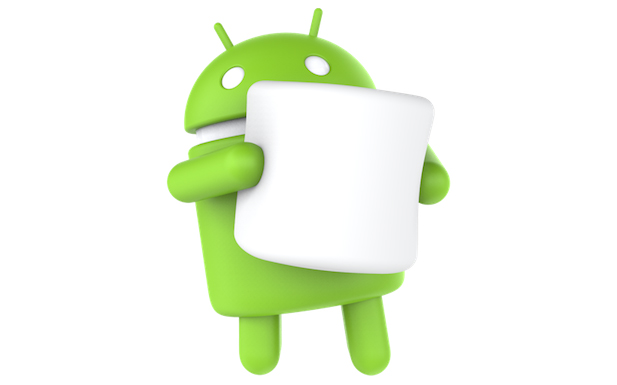Smartphone sales experienced the slowest growth rate since 2013 in the three months to June, with Android devices seeing their lowest take-up ever.
According to Gartner, 330 million smartphones were sold in the second quarter of 2015, a year-on-year increase of 13.5 percent.
Budget 3G and 4G devices drove growth in emerging markets, with Eastern Europe and the Middle East and Africa recording the fastest growth.
However, sales fell four percent in China – the first time the country has seen a decline.
[Reach more: Spain, France to blame as smartphone market value falls in Europe]
Anshul Gupta, research director at Gartner, explained this came as a result of changing buying habits in China, where there has been shift toward second-hand devices.
He said: “China has reached saturation — its phone market is essentially driven by replacement, with fewer first-time buyers. Beyond the lower-end phone segment, the appeal of premium smartphones will be key for vendors to attract upgrades and to maintain or grow their market share in China.”
Meanwhile, Android struggled to hold its ground against Apple’s iPhone 6 and 6 Plus devices, Gartner said.
[Read more: Smartphones break through one billion barrier, Apple big winner]
Android’s global share was hit following double-digit growth of iOS in the high-end segment, the research house found, with strong sales of Apple devices in China resulting in weak performance of Android in the country.
As a result, Android saw its lowest year-on-year growth of 11 percent, with market share dipping 1.6 percentage points.
Samsung in particular found itself in rough waters as market share in Q2 dipped 4.2 percent and unit sales fell 5.3 percent. At the same time, iPhone sales increased 36 percent, bringing Apple and additional 2.4 percentage points in market share.
In China alone, iPhone sales totalled 11.9 million units during the quarter, a year-on-year increase of 68 percent.
Even so, Samsung still led global sales, shifting over 72 million units to claim a 21.9 percent market share. This was followed by Apple (48m, 14.6 percent) and Huawei, which recorded the highest sales growth rate of 46.3 after selling 25.8 million units.
Android devices continued to dominate global sales as a result, holding an 82.2 percent market share after shifting 271 million units.
By way of comparison, iOS held a 14.6 percent share after selling 48.1 million units, while Windows devices claimed to 2.5 percent share of the market after selling 8.2 million units.
Gupta said: “In light of Microsoft’s recent cuts in its mobile hardware business, we’ll await signs of its long-term commitment in the smartphone market.
“The low barrier to entry into the Android segment will continue to encourage an array of new players, adding to further disruptions coming from Chinese manufacturing and innovative Internet players with new business models that are not reliant on hardware margins.”



